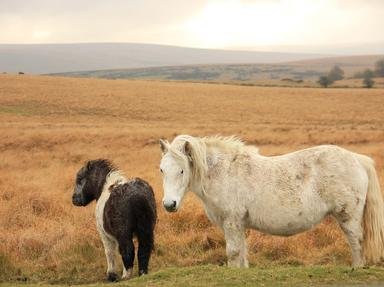Quiz Answer Key and Fun Facts
1. Which of these British fish have no jaws?
2. That small black-and-chocolate coloured bird with a red-and-yellow beak that's swimming on the pond might look like a duck, but it isn't a duck. What type of bird is it?
3. This mainly black-coloured bird underwent a massive increase in population in London during and after WWII. What bird changed its nesting preferences from coastal cliffs in Kent to London bombsites?
4. There is one species of predatory vertebrate animal in the UK that hunts its prey in groups. Easily identifiable by its striking black-and-white colouration, what is this large animal?
5. What does the caterpillar of the large blue butterfly eat?
6. The Romans first brought this animal to Britain; they kept them in earthenware pots. Much later, in 1902 some escaped from a private collection in Tring, Hertfordshire, and they now occupy a 200-square-mile area based between Luton, Aylesbury and Beaconsfield. What's the name of this animal?
7. The muntjac (Muntiacus reevesi) is an invasive species of deer from Asia. As in other deer species, male muntjac fight each other for access to females. What part of their anatomy, also seen in water deer and musk deer, does the male muntjac use in this fighting?
8. What type of animal are darters, hawkers, darners, chasers and skimmers?
9. As a rule of thumb, the heavier a bird is the less likely it is to fly. However some remarkably heavy birds do manage to drag themselves into air. What is the heaviest flying bird in the UK? - there are about 100 individuals living in Britain and they're well-guarded by the army!
10. There is only one species of terrestrial vertebrate animal that is endemic to Scotland and is found nowhere else in the world. Dependent upon pine forests for its nutritional needs, what is this animal?
Source: Author
Southendboy
This quiz was reviewed by FunTrivia editor
rossian before going online.
Any errors found in FunTrivia content are routinely corrected through our feedback system.
